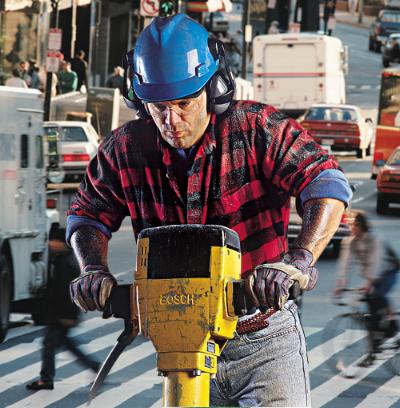Hearing Protection: Overprotection is not always the best defense.
-
 Head, Eye, Face and Hearing
Head, Eye, Face and Hearing

Overprotection is a common mistake in hearing protection. In fact, because overprotecting can diminish a person's ability to hear critical noises such as warning signals, moving vehicles, other workers, etc., it can actually prove detrimental to a person's safety.
Understanding the noise level hazards in the work environment is critical in determining the level of hearing protection that is necessary. Each protective device is marked with a Noise Reduction Rating (NRR) level which explains the level of attenuation. The noise level should be lowered to a level of 82 decibel (dB), and anything lower is considered overprotecting.
Keep in mind, dual protection can isolate the wearer, so plugs and muffs should only be worn together where there are extreme noise levels, e.g., where the eight (8) hour time-weighted average (TWA) exposure exceeds 100 dB. The user cannot simply add the NRR levels from a plug and a muff to get a "dual protection level." Be sure to wear cordless earplugs in a dual protection environment to prevent compromising the cup seal.
When it comes to hearing protection, it is important to ensure you have proper hearing protection for your work environment -- do not overprotect or under protect. Evaluate the environment, understand the NRR rating and keep the protection at a safe level according to EPA regulations.
See MSA's full line of Hearing Protection and Plugs at www.MSASafety.com.